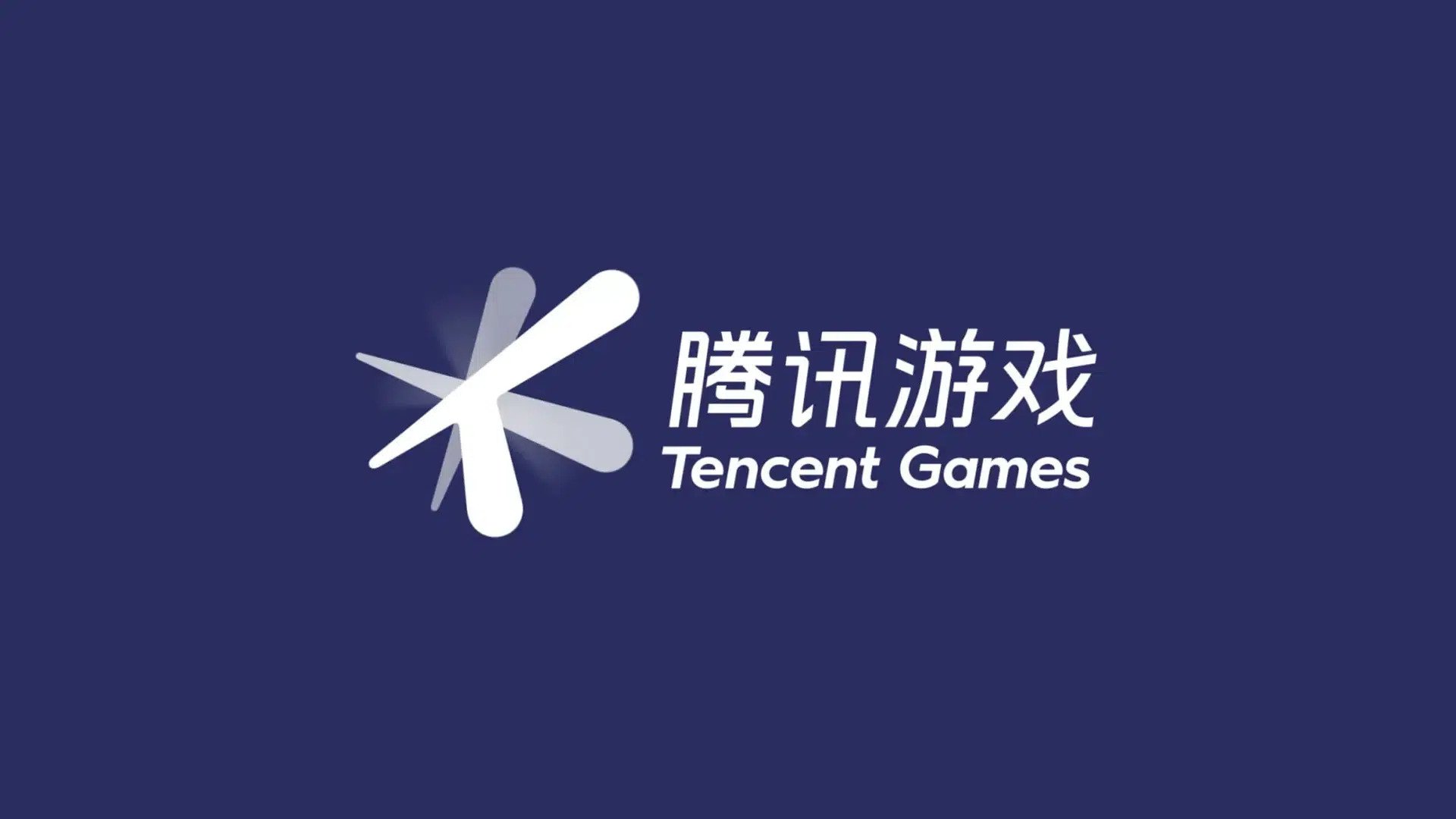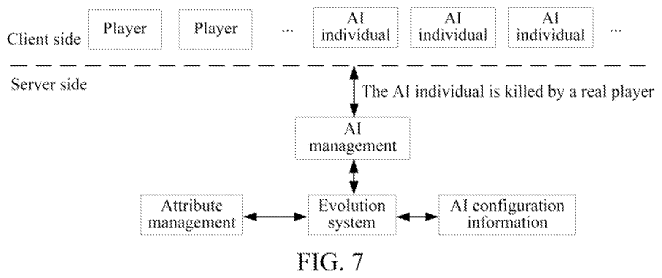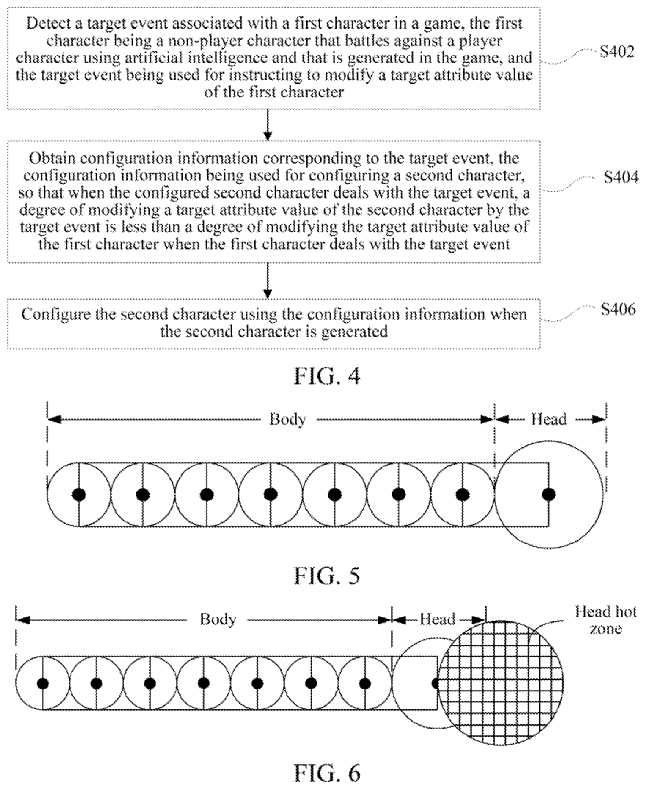
Story Highlights
- Tencent has published a new patent that seeks to change the way enemy AI is added by following the concepts of evolution theory. It will solve the issue of enemies becoming predictable.
- The proposed system will let enemies grow over time by evolving in each generation, gaining new abilities, and growth in difficulty and intelligence in a game session.
- The enemies will feel more dynamic and fun to fight while decreasing the computational costs of the game at the same time. Each opponent will prove to be a different experience.
- As mentioned, the difficulty can be balanced by decreasing the chances of evolution as the generations progress and by letting the enemies from the past generations continue to spawn.
Currently, in-game enemy AI uses certain states that are triggered based on the detection of players and certain events. This makes it very easy for a gamer to predict and get used to the behavior of enemies in a game, and it also requires huge computational costs. Regardless, Tencent has published a new patent that wants to change the way AI is added by using the concepts of biological evolution, making each enemy a different experience.
The new patent dubbed “GENERATION-BASED EVOLUTION OF NON-PLAYER CHARACTERS IN A GAME” seeks to develop the enemy AI by adding the ability to have varied attributes and difficulty after evolving from the past generation. The patent seeks to solve one of the biggest dilemmas in the gaming industry by making rivals evolve alongside the player in a playthrough using the new system.
Because of these existing rules, the AI behaviors are basically predictable, and a player may learn how to circumvent these rules after a few attempts. After the behavior is repeated for several times, the player will find that the behavior of the game object is a fixed machine behavior. Consequently, user experience is affected,” says Tencent.
The patent will make AI use the concept of biological evolution theory to evolve non-playing characters over a specific period of time. The system can automatically make the bots more sophisticated and harder over time, and give different skills. On the other hand, Tencent also seeks to remove all chances of predictability and likeness between enemies.

By simulating a principle of biological evolution, a self-evolution capability is bestowed to a game AI system, so that the game AI obtains intelligence that increases with time natural development and various skill attributes.”
Thus, it proposes letting enemies have different skill sets with diverse levels of difficulties from the past generation, making a single in-game event, and each encounter is highly different for each player altogether. In other words, the operating mechanism of an AI can become highly advanced without increasing the performance costs, making it nearly impossible for players to figure out the working patterns of the AI characters.
Due to different birth times, skill attributes owned by [enemies] are not completely the same, and skill attributes used for dealing with a same event are also different so that the game characters cannot determine […] the skill attributes used by the non-player characters when the non-player characters deal with a fixed event.”
The opponents become more of a threat with varying skills as the generations progress, gaining different weapons, attributes, defense, and the sort. It is also possible that the enemies of future generations retain the skills of the past generations to some extent. While this could lead to increasingly high difficulty over time, Tencent discusses a few obstacles that may tackle it.
The odds of evolution could also be reduced as the generations advance, eventually making the number of evolutions quite rare for the player in the current session. Another aspect stated by Tencent in the patent says that opponents from the previous generations could still spawn in the gameplay alongside the new ones. All in all, the proposed system will improve performance while making the foes more enjoyable to fight.

Enemy AI has advanced in games by a wide margin in the last few decades, but it is still often predictable if the patterns are recognized. Gamers are usually able to get used to in-game characters after finding the recurring patterns and the added limits, which is why bots are often disliked in multiplayer games. Regardless, Tencent’s new patent will significantly improve enemy AI using the theory of evolution to make it more dynamic.
Tencent has also patented a variety of remarkable ideas in the past, including a system that automatically generates live-stream commentary using AI. It also published a legal document regarding a virtual headset device with next-gen upgrades.
Similar Reads: first patent link
Thanks! Do share your feedback with us. ⚡
How can we make this post better? Your help would be appreciated. ✍



